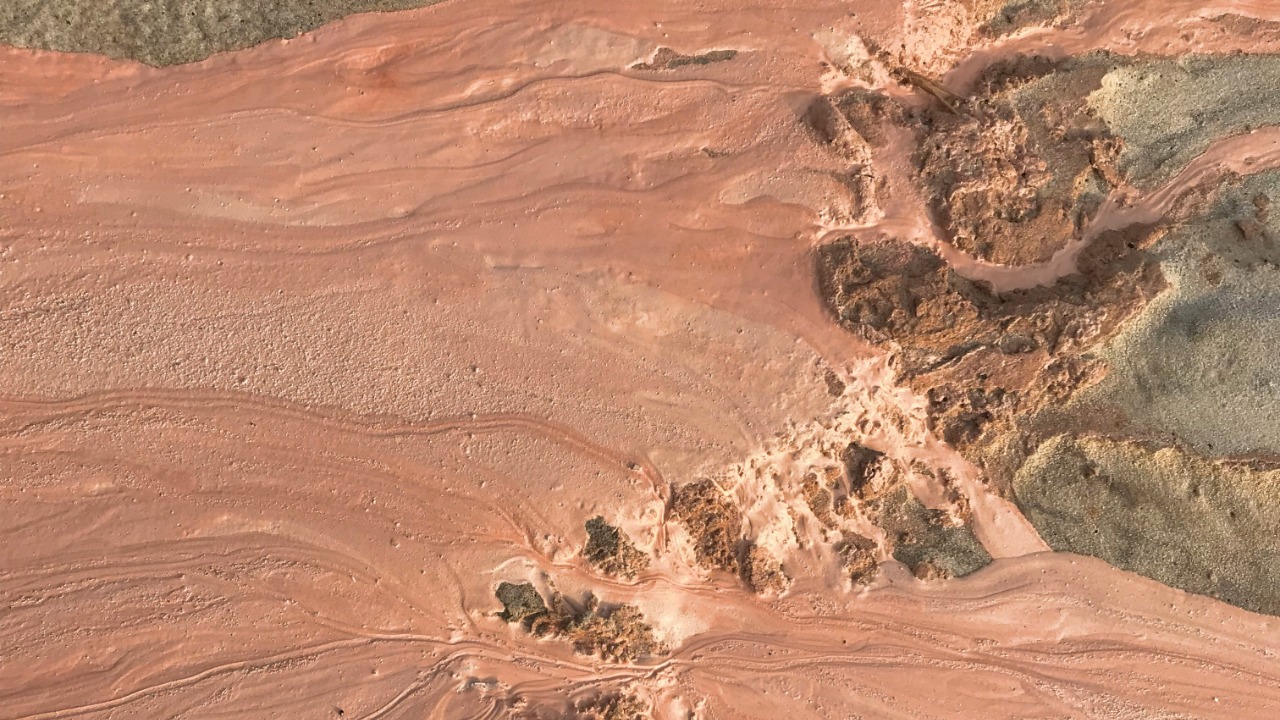
Recent studies have unveiled a fascinating possibility: volcanic explosions on Mars may have been responsible for the creation of massive ice deposits at the planet’s equator. This revelation not only challenges our current understanding of Mars’ geological and climatic history but also suggests that explosive volcanic activity played a crucial role in redistributing water ice across the Martian surface. It is proposed that these ancient eruptions propelled ice-laden materials far from the polar regions, depositing them near the equator where they remain preserved today.
Martian Volcanism Overview
The history of volcanic activity on Mars is marked by significant features such as the Tharsis and Elysium regions, which are believed to be the origin points of explosive eruptions. Unlike Earth, where volcanic activity is primarily effusive, Mars has experienced both effusive and explosive volcanism. The lower gravity and thin atmosphere of Mars have allowed for the widespread dispersal of materials during these explosive events.
Orbital imagery and spectroscopic data have provided evidence of past explosive events on Mars. These findings, coupled with the recent discovery of equatorial ice deposits, suggest a strong link between volcanic explosions on Mars and the redistribution of water ice across the planet’s surface.
Mechanisms of Ice Ejection
During volcanic eruptions, magma can interact with subsurface water or ice, leading to steam-driven explosions that propel ice particles into the atmosphere. Ash and gas plumes from these eruptions play a crucial role in carrying frozen volatiles towards the equator, as dictated by models of Martian atmospheric circulation.
Recent studies propose that these processes explain the transport of water ice from higher latitudes to the equator. This hypothesis, explored in recent research, provides a compelling explanation for the presence of massive ice deposits at the Martian equator.
Equatorial Ice Deposit Characteristics
Subsurface ice layers at Mars’ equator have been detected using ground-penetrating radar from missions like Mars Express. These deposits are not only significant in volume but also remarkably pure, suggesting they are preserved remnants of volcanic fallout.
The scale of these deposits, their depth, and lateral extent, as observed in recent findings, provide compelling evidence of the role of volcanic explosions in shaping the Martian landscape and climate.
Implications for Mars’ Climate History
The presence of volcanic ice deposits suggests that ancient Mars experienced periods of a wetter, more active climate. This has significant implications for assessments of the planet’s habitability. The timeline of these events aligns with the Noachian or Hesperian epochs when volcanism on Mars was at its peak.
These findings tie into broader theories on water cycling on Mars, as proposed in recent reports. The discovery of equatorial ice deposits reshapes our understanding of the planet’s volatile inventory and climate history.
Observational Evidence and Missions
Data from NASA’s Mars Reconnaissance Orbiter and other spacecraft have provided the first hints of equatorial ice anomalies on Mars. These findings have spurred interest in upcoming or planned missions, such as sample return efforts, that could verify the volcanic origins of the ice.
The link between volcanic explosions on Mars and ice preservation is supported by key datasets from these missions. These datasets provide crucial evidence for the role of explosive volcanism in redistributing water ice on Mars.
Future Research Directions
Future research will likely involve simulations and lab experiments to model explosive volcanism under Martian conditions. One of the challenges will be distinguishing volcanic ice from other sources, such as impacts or cryovolcanism.
Confirming these deposits could refine models of Mars’ volatile inventory and provide new insights into the planet’s geological and climatic history. These efforts will build on the insights from recent studies, pushing the boundaries of our understanding of Mars and its past.
More from MorningOverview